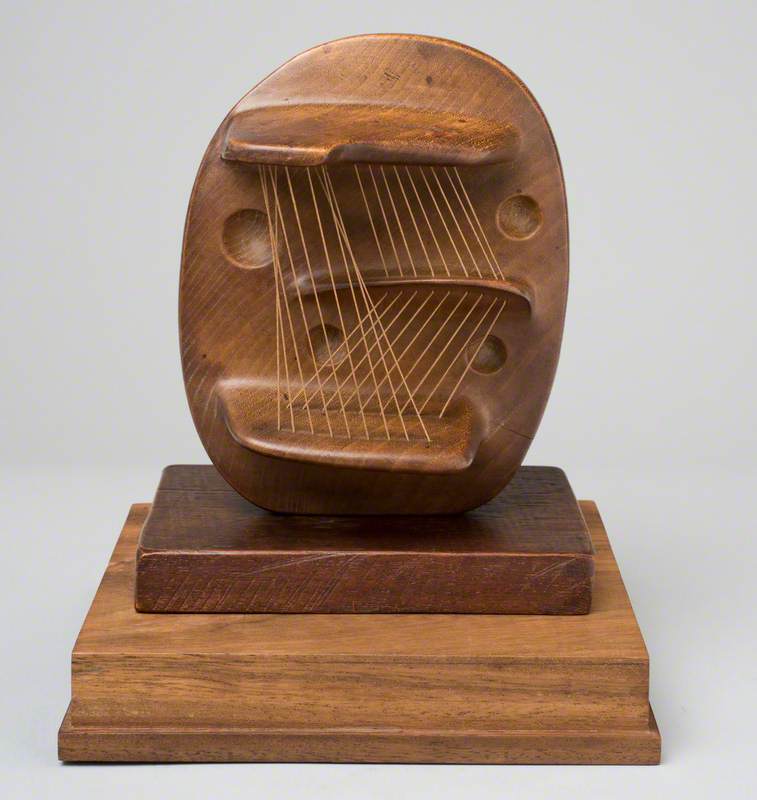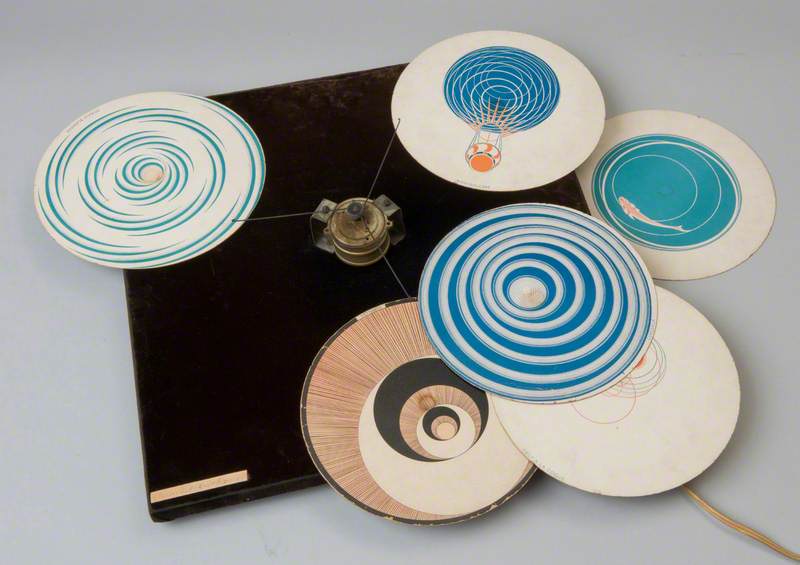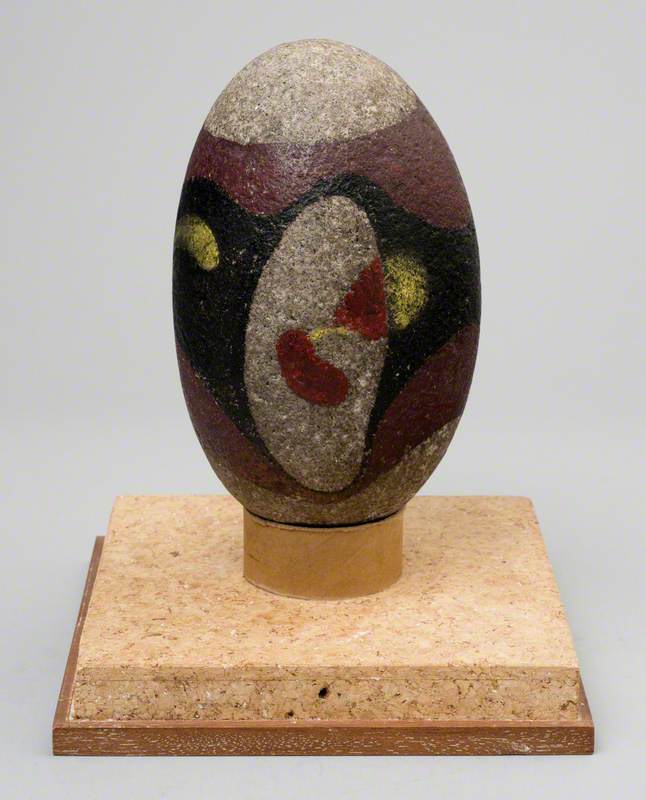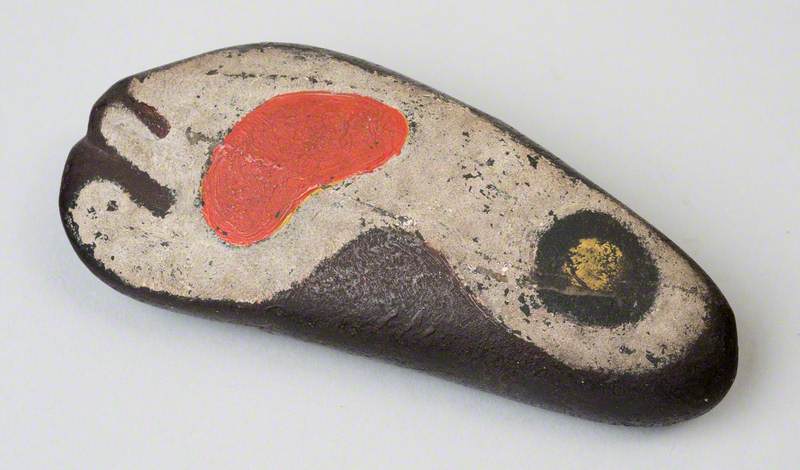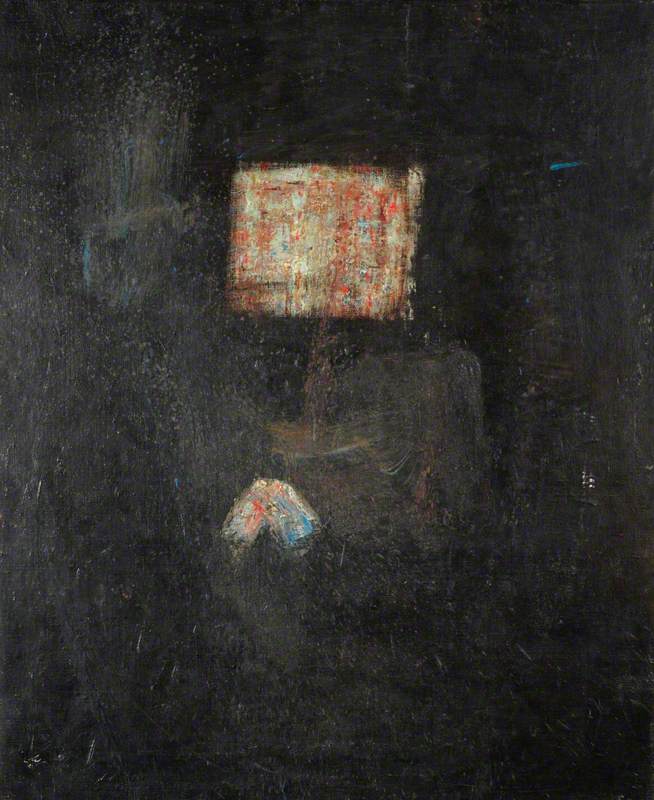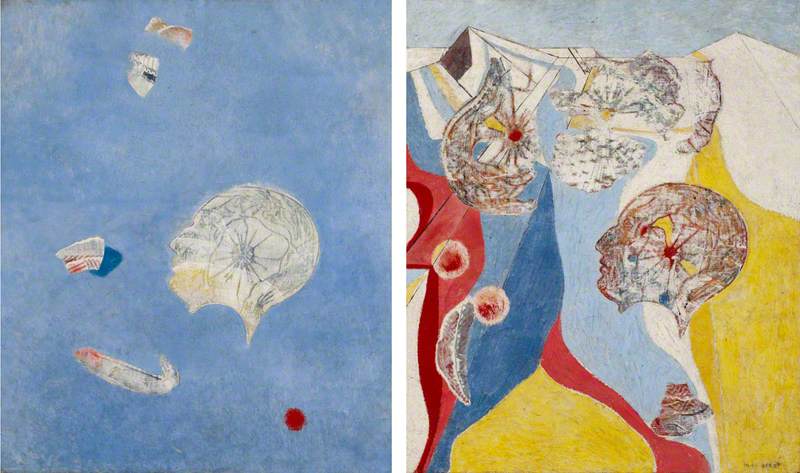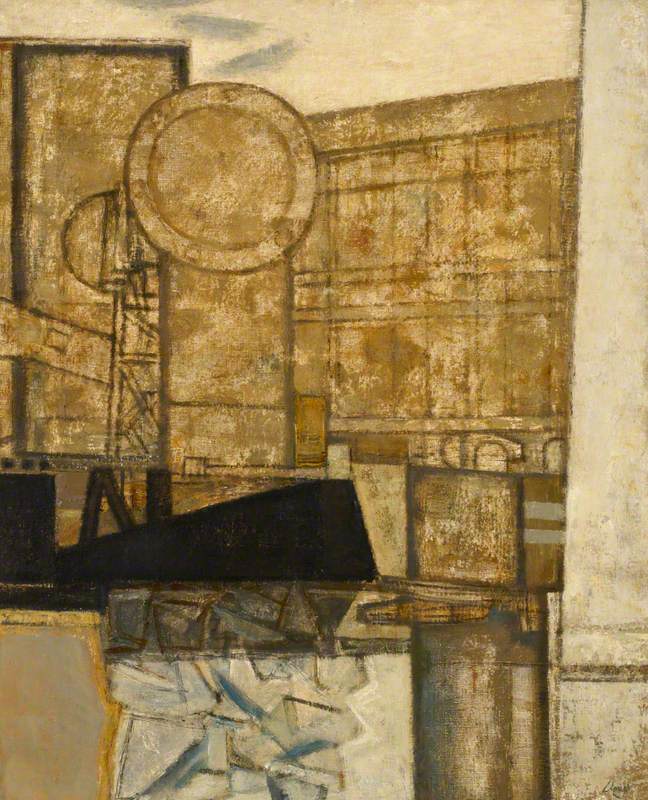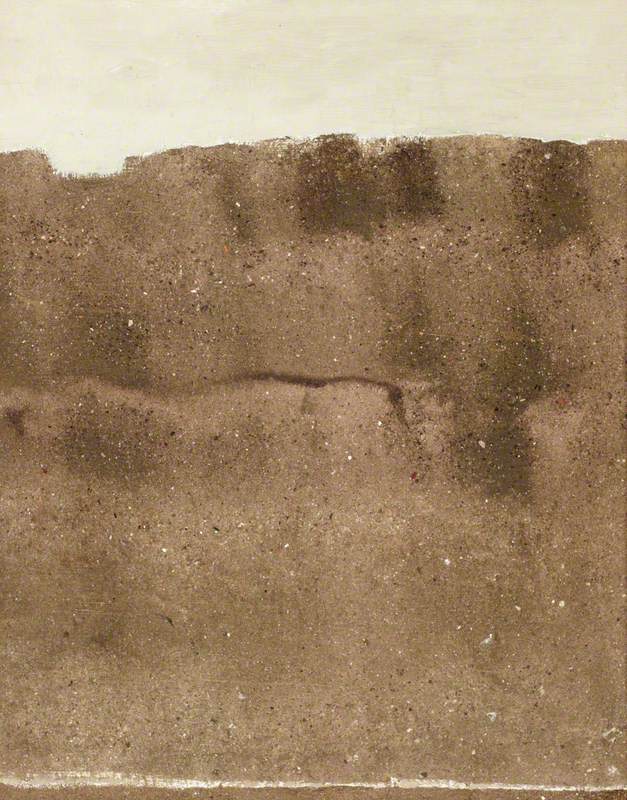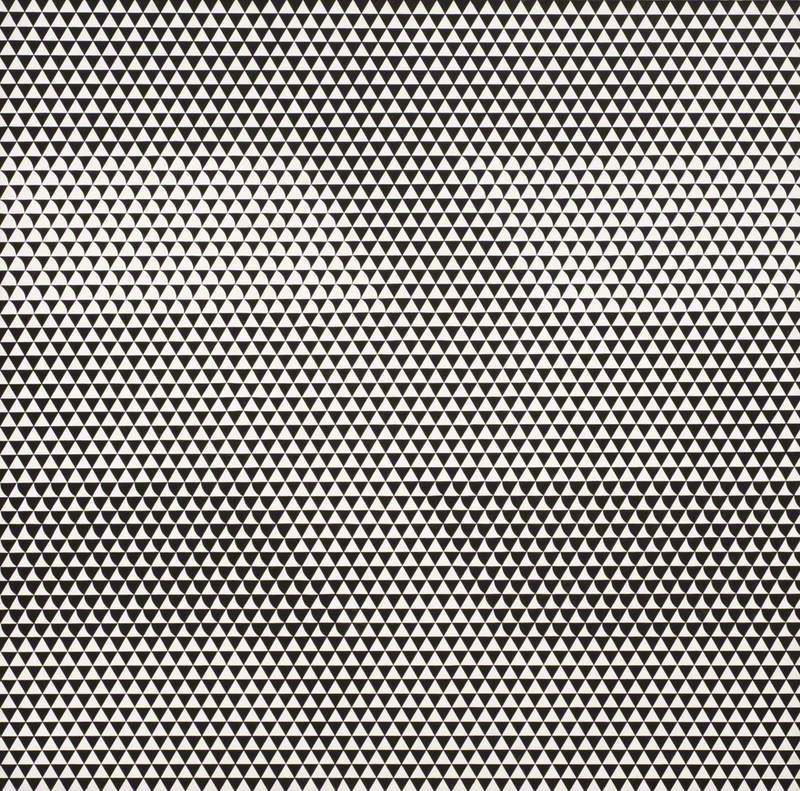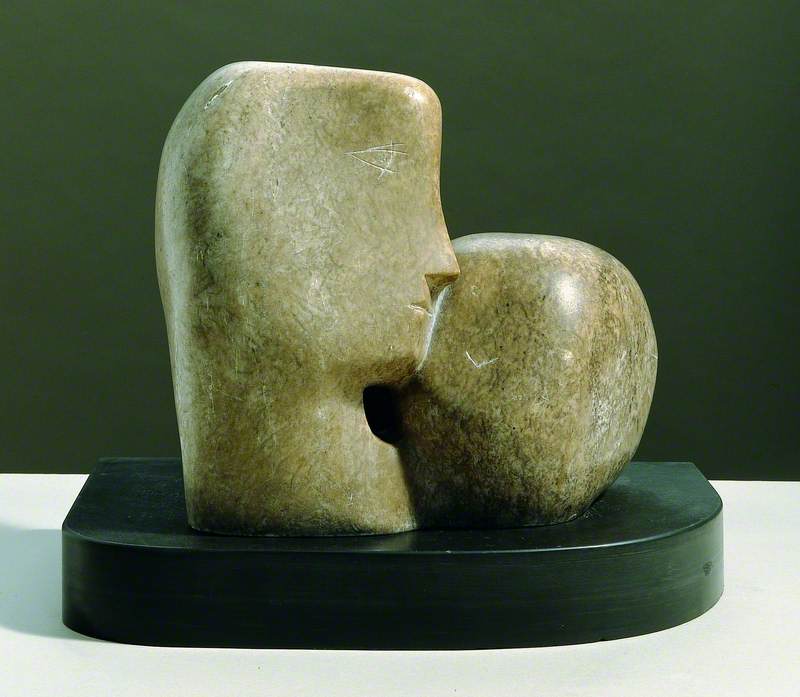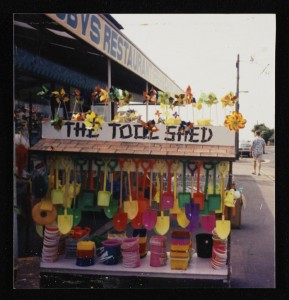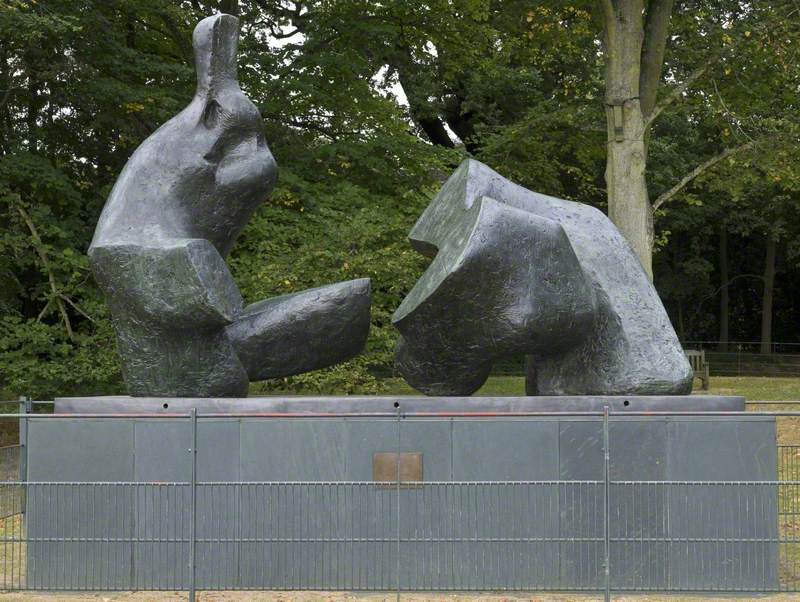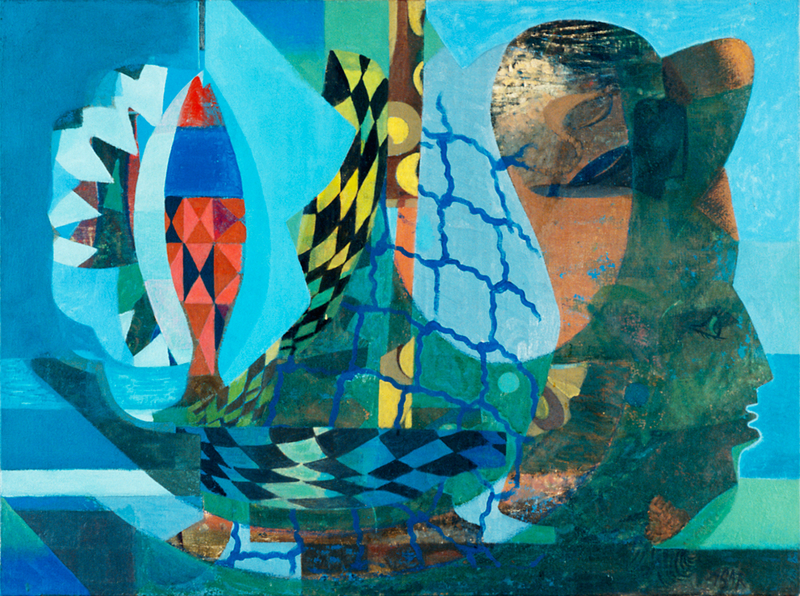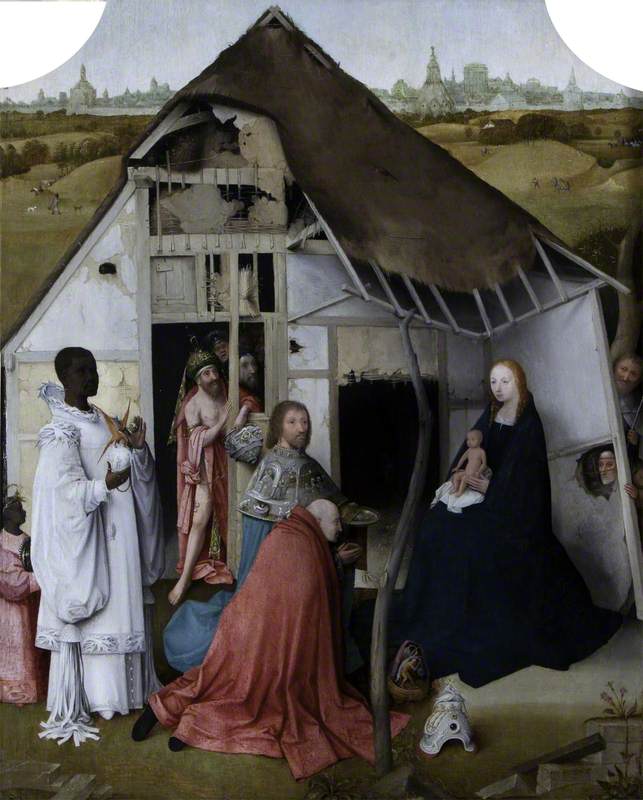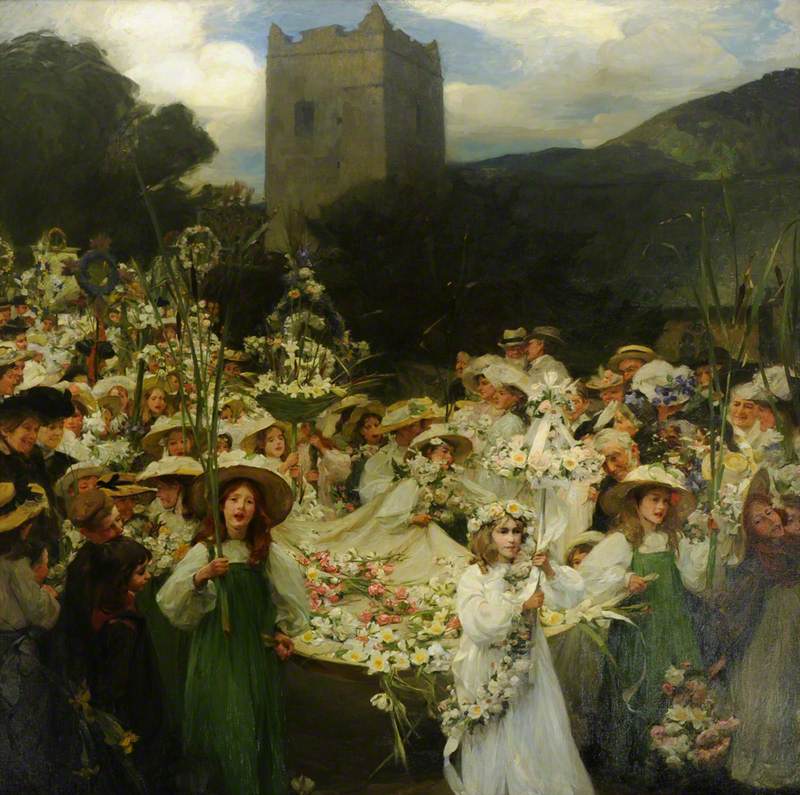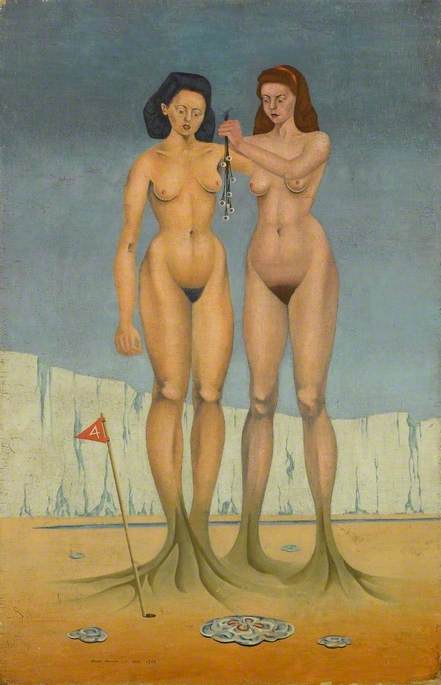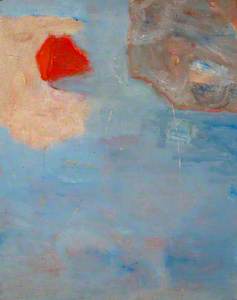The National Trust is associated in many minds with the preservation of stately homes, but in the heart of Hampstead, North London, sits one of its most fascinating properties – 2 Willow Road, the unique Modernist home built by architect Ernő Goldfinger for himself and his family in 1939. With its sliding doors and movable partitions that were ground-breaking at the time and still feel fresh today, the house also contains the Goldfingers' impressive collection of modern art, intriguing personal possessions and innovative furniture.
2 Willow Road was always intended to be a family home but the building of it generated a considerable amount of controversy and drew opponents including the writer Ian Fleming who is believed to have used Goldfinger's name as inspiration for his famous villain. The design was for a concrete-framed series of three adjoining houses (of which Goldfinger took the middle one for his home), sited on a road of otherwise red-brick Victorian family houses.
Henry Brooke, Secretary of the Heath and Old Hampstead Protection Society, and later a Tory MP, felt that the 'modern angular house in reinforced concrete' would be 'disastrously out of keeping' with the character of the neighbourhood. However Goldfinger was supported by other local residents such as Roland Penrose and Flora Robson in staunchly defending the construction, stating:
'They are designed in a modern adaptation of the eighteenth-century style, and are far more in keeping with the beautiful Downshire Hill houses round the corner than their neighbours in Willow Road... As for the objection that the houses are rectangular, only the Eskimos and the Zulus build anything but rectangular houses.'
Ironically, when 2 Willow Road was eventually handed over to the National Trust in 1993, it was by Peter Brooke, the then Heritage Secretary and the son of Lord Brooke, the property's most vocal opponent.
Large numbers of progressive artists, writers and thinkers moved from Chelsea to Hampstead in the 1930s, drawn by the relatively low cost of housing. Not surprisingly the number of artists living in the area spiked around the time 2 Willow Road was built. The expression 'Hampstead intellectual' characterised left-wing idealist thinkers like the Goldfingers, with their high living standards.
Local neighbours included Ben Nicholson, Barbara Hepworth and Henry Moore who shared a house nearby. The Artists' Refugee Committee was set up in the neighbourhood by Fred and Diana Ulhman to provide help to artists fleeing from Nazi Europe and the Goldfingers held an exhibition at 2 Willow Road in 1942, for the 'Aid to Russia' Fund of the National Council of Labour.
Much of the liberal community in Hampstead was concerned about Russian hardship in the face of the Nazi onslaught. The exhibition highlighted work by Moore, Hepworth, Nicholson and Roland Penrose with a total of around 70 works, many of which were up for auction. It is still possible to see works that the Goldfingers bought at the auction in 2 Willow Road today.
For all its renown, the house still feels very much like a family home. There are no red cords here – the visitor moves freely through the house with its simple bedspreads, homely ornaments and fading posters on the walls. The size and scale are that of any suburban home though quirky details like the central spiral staircase remind you that this is the home of an architect.
On Goldfinger's black laminate-top desk with its custom-built pivoting drawers the pens and pencils sit in their pots looking as if the great man had just popped out of the room, while his many architectural designs sit rolled up on shelves behind.
It is a privilege as a visitor to be able to become so intimate with the home and workplace of such an influential figure and documenting the art for Art UK we were particularly lucky to find ourselves so close to works by twentienth-century luminaries such as Max Ernst, Prunella Clough and Bridget Riley.
Being among paintings bought from artists who probably visited the house themselves and which were displayed without fanfare for the private enjoyment of the Goldfinger family made this shoot a particularly special and memorable one.
Lucy Ellis, Former Art UK Paintings Project Coordinator
